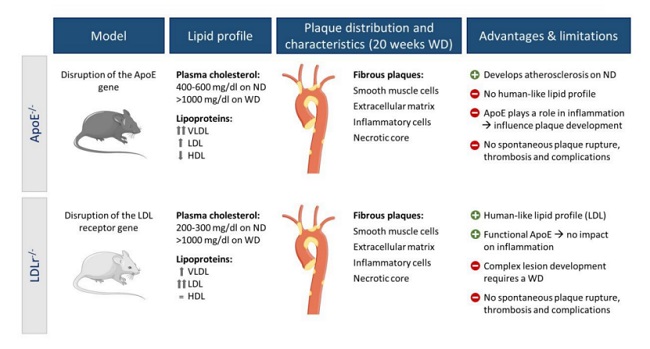Due to the limitation of nutrients in single raw material, it can not meet the nutritional needs of lab animals. Therefore, the formula must contain a variety of raw materials and be scientifically proportioned according to the nutritional needs of lab animals in different physiological stages.
Different types of lab animal diet
Cereal diet: raw materials come from crops or by-products of crops (plant and animal raw materials), which is the basic diet for routine feeding of lab animals.
Purified diet: Casein, sucrose or starch, vegetable oil and cellulose are used as raw materials with high purity of inorganic salts, vitamins and trace elements. Purified diet is usually only used to induce disease models in lab animals.
Chemically defined diet: Using high purity amino acids, monosaccharides or disaccharides, fatty acids or triglycerides, reagent grade minerals and high purity vitamins as raw materials. Due to the high production cost, the use is limited.
Data required for formula design
(1) The content of various nutrients shall refer to the diet standards for lab animals issued by international authoritative institutions.
(2) The manufacturer shall monitor and analyze the nutrient content of all raw materials according to the diets composition analysis value specified by the local management department.
(3) For the formula design for disease model induction or special experimental purposes, priority should be given to the formula in the relevant literature.
Principles of formula design
(1) Unless for special experimental purposes, no antibiotics and drugs shall be added to the lab animal diets to ensure the stability of experimental data.
(2) Formula design should not only consider the basic nutritional needs of experimental animals, but also consider the quality, palatability, price and other factors of raw materials.
Regardless of the method used to design formula, the ratio of raw materials is only theoretical data, which must be verified by laboratory testing and feeding experiment. For the verified formulas of lab animal diets, the long-term fixed production shall be maintained.
 Instruction for Use of Additives in the Lab Animal Diets
Instruction for Use of Additives in the Lab Animal Diets
 Correlation between body weight gain and temperature in mice
Correlation between body weight gain and temperature in mice
 3 Common Problems in Using High-Fat Rodent Diets
3 Common Problems in Using High-Fat Rodent Diets
 Comparison of Diet-induced Atherosclerosis in APOE and LDLR Mice
Comparison of Diet-induced Atherosclerosis in APOE and LDLR Mice